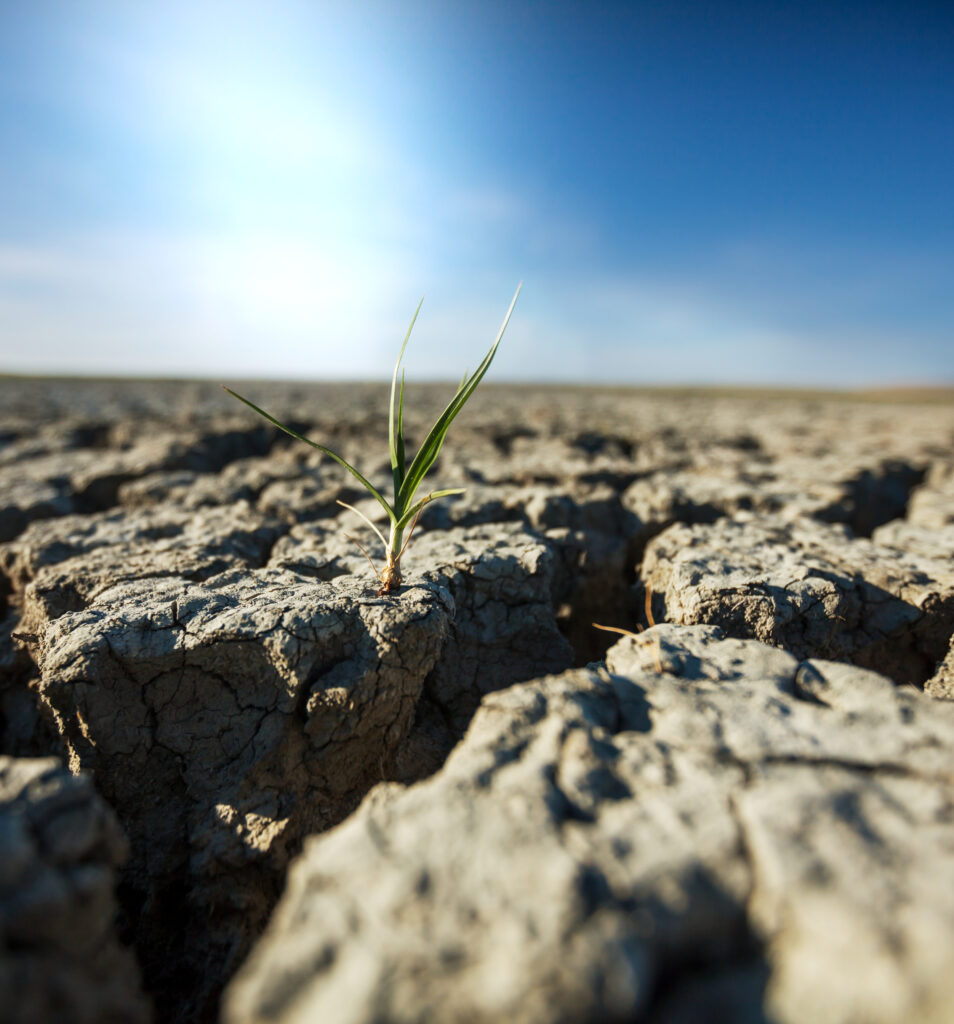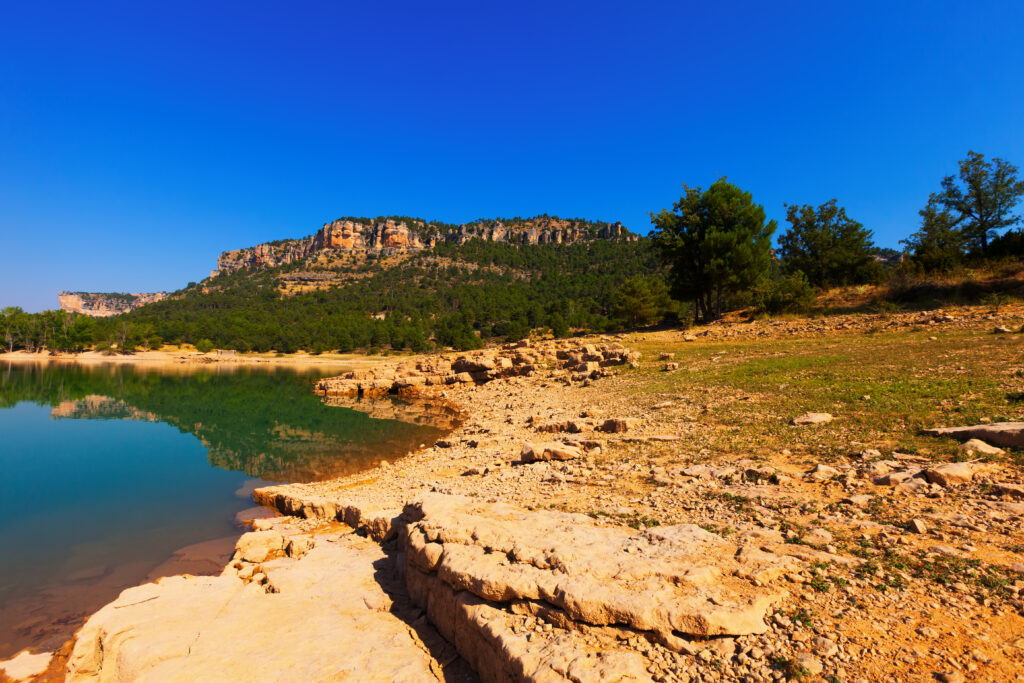“Discover the diverse world of soil erosion types and their far-reaching impact. Learn how to protect our precious soil through effective prevention methods. Explore this comprehensive guide to safeguard our environment, agriculture, and climate. Get insights and solutions today. Access Now!”

Soil erosion is a natural process, but human activities have significantly accelerated its pace in recent times. Erosion affects the earth’s topsoil, leading to the loss of fertile land and, in turn, posing severe environmental and agricultural challenges. This article will delve into the various types of soil erosion, their causes, consequences, and methods to prevent it.
Introduction
Soil erosion is a persistent and global issue that results in the displacement of the Earth’s surface materials. The various types of soil erosion are often classified based on the agents responsible for the erosion. Here, we will discuss three primary types: water erosion, wind erosion, and chemical erosion. (Soil Horizons)

Understanding Erosion
To comprehend the gravity of soil erosion, one must first understand the factors leading to it. Soil erosion occurs due to the detachment, transportation, and deposition of soil particles. Natural processes like weathering and human activities such as deforestation and agriculture intensify these processes.
Types of Soil Erosion
1. Water Erosion
Water erosion is the most common type of soil erosion. It occurs due to the impact of raindrops and the flow of water in rivers and streams. There are two subtypes: sheet erosion, which removes a thin layer of soil, and gully erosion, which forms deep channels in the landscape. (Garden Soil)

2. Wind Erosion
Wind erosion is prevalent in arid and semi-arid regions. It happens when strong winds carry away loose soil particles. This type of erosion can lead to the formation of sand dunes and barren landscapes.
3. Chemical Erosion
Chemical erosion is often overlooked but is essential to understand. It involves the dissolution of minerals in the soil, which weakens the soil structure. This type of erosion is commonly seen in areas with high rainfall.
Causes of Soil Erosion
1. Human Activities
Human activities like deforestation, overgrazing, and improper agricultural practices significantly contribute to soil erosion. The removal of vegetation exposes the soil to the erosive forces of nature.

2. Natural Factors
Natural factors such as rainfall, wind, and geological processes also play a crucial role in soil erosion. These factors are beyond human control but can be managed through erosion control measures.
Consequences
1. Environmental Impact
Soil erosion poses a substantial environmental challenge. It can lead to the sedimentation of water bodies, harming aquatic ecosystems, and affecting water quality.
2. Agricultural Impact
For farmers, soil erosion results in the loss of fertile topsoil. This loss decreases crop yields and can lead to food insecurity in affected regions.

Preventing Erosion
1. Soil Conservation
Soil conservation methods like contour farming and terracing help reduce water erosion. These techniques involve shaping the land to slow down water flow.
2. Vegetative Cover
Planting cover crops and maintaining natural vegetation is essential for preventing wind erosion and stabilizing the soil.

3. Erosion Control Methods
Erosion control methods, including silt fences and sediment basins, are vital for managing soil erosion on construction sites and in urban areas. (Drip Irrigation)
In conclusion
Soil erosion is a significant environmental and agricultural concern that affects us all. Understanding the types, causes, consequences, and prevention methods is crucial for addressing this issue. By implementing sustainable land management practices and responsible agriculture, we can mitigate the effects of soil erosion and protect our planet for future generations. (websoftempire)
1. What are the primary causes of water erosion?
Water erosion is mainly caused by rainfall and surface runoff, which detach and transport soil particles.
2. How can individuals contribute to soil conservation?
Individuals can plant trees, use ground cover, and practice responsible land use to prevent soil erosion.
3. What is the role of soil erosion in land degradation?
Soil erosion accelerates land degradation by depleting the fertile topsoil and reducing the land’s productivity.
4. Are there regions more susceptible to wind erosion?
Yes, arid and semi-arid regions are more susceptible to wind erosion due to the lack of vegetation and strong winds.
5. Why is soil conservation vital for agriculture?
Soil conservation ensures the preservation of fertile topsoil, which is essential for sustaining high crop yields and preventing food shortages.